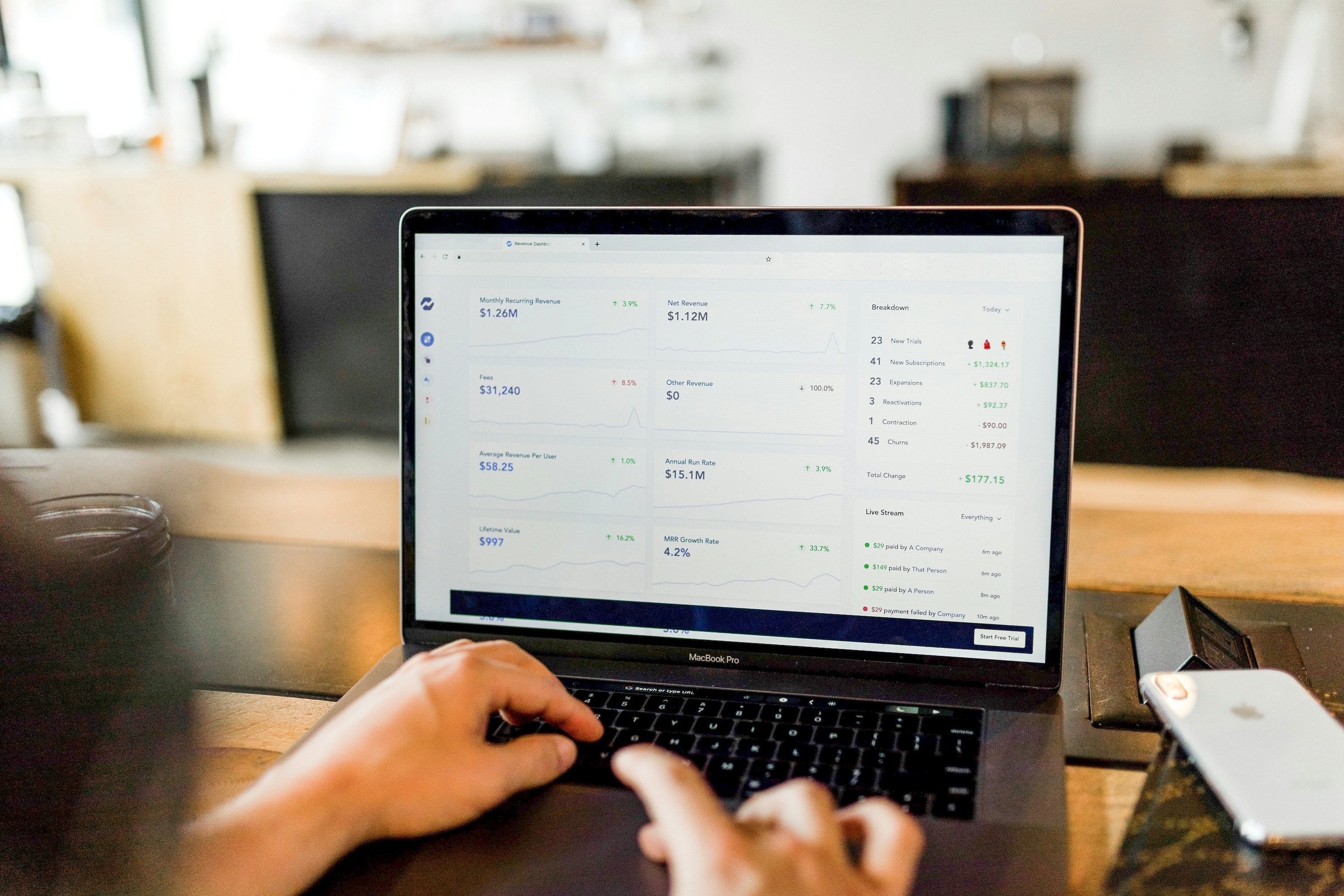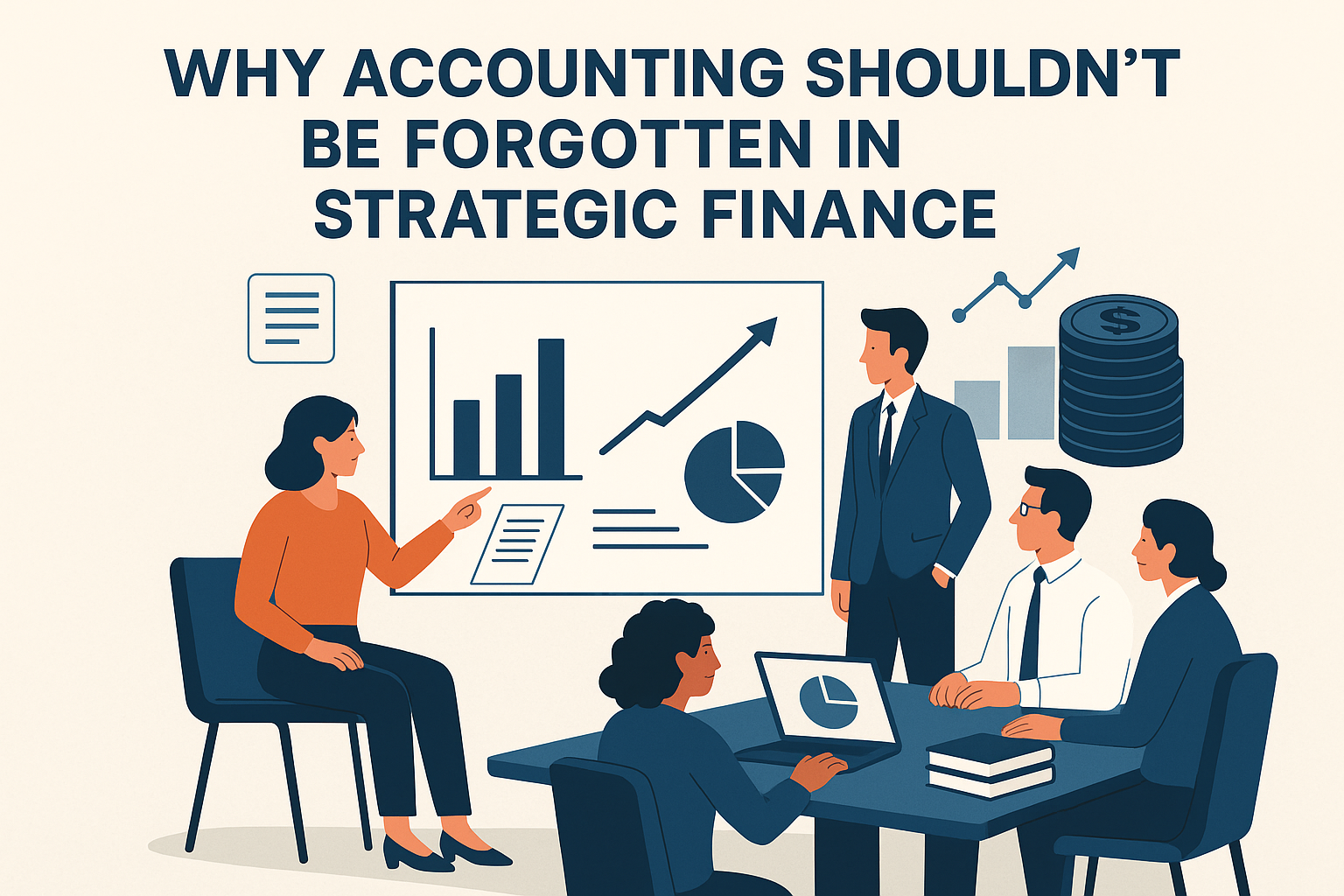DoorDash Teams Up with Klarna
In a move that raised both eyebrows and excitement, DoorDash has partnered with Klarna to offer “Buy Now, Pay Later” (BNPL) options for food delivery orders. Yes, that means your sushi rolls or late-night pizza can now be split into four interest-free payments.
While this might seem absurd to some—financing fast food?—the reality is that it’s a strategic decision rooted in shifting consumer behavior, embedded fintech trends, and the ongoing evolution of unit economics in the food delivery space.
Klarna Comes to Checkout on DoorDash
The partnership, announced in late March 2025, lets U.S. customers pay for their DoorDash orders via Klarna’s signature BNPL product: four interest-free payments, spread over six weeks. This move marks Klarna’s first major foray into food delivery, and DoorDash becomes the first U.S. food delivery platform to enable BNPL at scale.
According to Klarna CEO Sebastian Siemiatkowski, the partnership is about empowering consumers with more flexibility:
“People are already spending on delivery—we’re giving them a smarter, interest-free alternative to credit cards,” he told AOL Finance.
For DoorDash, the message is similar: in a time of rising living costs and economic uncertainty, offering customers breathing room can drive loyalty, increase basket sizes, and reduce friction at checkout.
A Strategic Finance Perspective
From a Strategic Finance lens, this partnership is about optimizing core marketplace metrics like:
Higher Conversion at Checkout
Reducing friction improves conversion. Klarna claims merchants see up to 30% higher conversion when BNPL is enabled.
Larger Basket Sizes
BNPL users tend to spend more. That means higher average order values, a key lever for improving margins.
Lower CAC via Loyalty
The more embedded the experience, the higher the retention and repeat rate. Klarna can be a loyalty engine.
New Revenue Streams
DoorDash may earn a cut of Klarna’s merchant fees, creating fintech-adjacent revenue in an otherwise low-margin delivery model.
Consumer Reaction: A Cultural Flashpoint
The internet, unsurprisingly, had a lot to say.
As Delish reported, users flooded social media with memes and jokes. One tweet read:
“Me, splitting my Popeyes order into four payments like I’m making a car down payment.”
But beyond the jokes, there’s been some concern. Critics warn that BNPL for food could encourage overconsumption or unhealthy financial habits. Klarna pushed back, emphasizing its interest-free model and position as a safer alternative to credit cards.
Embedded Finance is Now at the Dinner Table
This partnership is more than a one-off experiment. It reflects a broader trend: financial tools are being embedded into everyday experiences.
Food delivery is no longer just about logistics. It’s now a platform for fintech—and Klarna is betting big on being part of that future.
Expect other delivery platforms, grocery services, and even subscriptions to follow suit with their own flexible payment offerings.
Frequently Asked Questions (FAQ)
💡 Can I really split my DoorDash order into 4 payments?
Yes! U.S. customers can now select Klarna at checkout and split their order into four payments.
💳 Is there interest or a fee for using Klarna on DoorDash?
No interest or fees—as long as you make payments on time.
📉 Will Klarna affect my credit score?
No hard credit check for the "Pay in 4" option. Missed payments, however, could affect future use.
🍟 Why would I finance a $20 meal?
To manage cash flow, especially near paycheck cycles, or to increase flexibility during tight financial periods.
📈 How does this benefit DoorDash financially?
It improves conversion rates, order sizes, loyalty, and possibly unlocks revenue from Klarna.
🤔 Is this safe for consumers?
Used responsibly, yes. But, like all financial tools, it depends on the user’s habits and spending discipline.
Final Thoughts
The Klarna–DoorDash partnership may have started as a meme—but it’s a bold signal of where consumer fintech is headed. In the age of embedded finance, frictionless, flexible payments aren’t just for big-ticket items anymore. They’re for tacos too.
And for Strategic Finance teams, it’s a lesson in how monetization isn't just about pricing—it’s also about payment experience.






.png)

